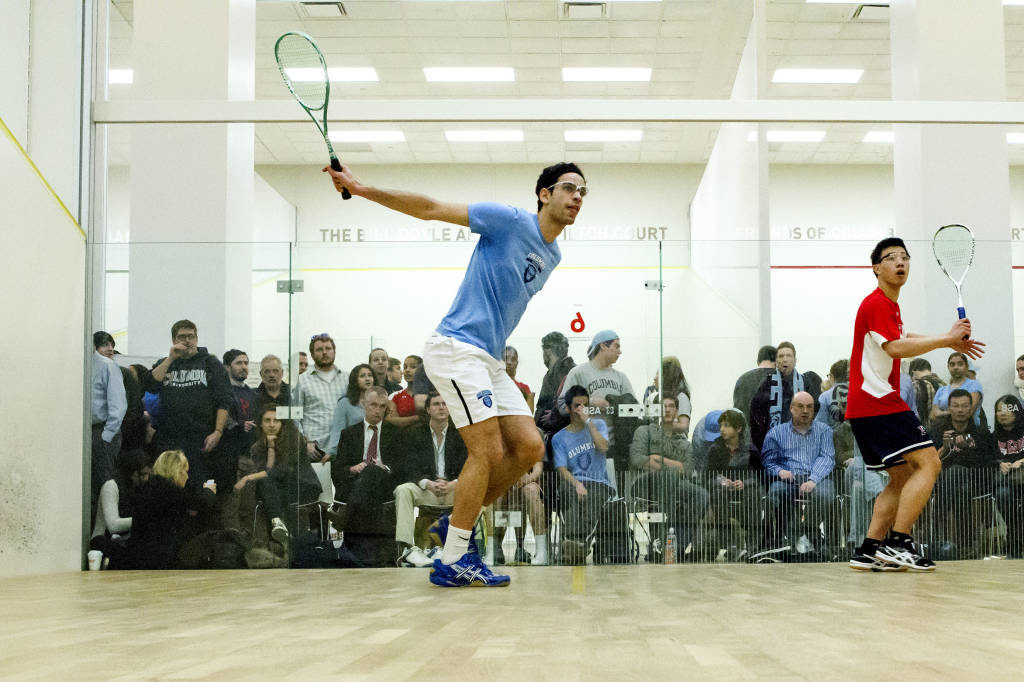
by Osama Khalifa, Columbia University ‘18
Tri-Captain of the Columbia Squash Team
2017 Intercollegiate National Champion
2015 Intercollegiate Finalist
2x Ivy League Player of the Year (2017, 2016)
Ivy League Rookie of the Year (2015)
The Art of Deception
Informally know as a “taxi,” dispatching your opponent to the wrong side of the court is one the biggest crowd pleasers in squash. Who doesn’t smile when the ball and the player go in different directions? Strategically, consigning your competitor to the opposite side of the court completely disorients not only their sense of balance, but also their concentration. Even if it is not used as a winner, the drama and confident control of such a tactic throws your opponent for a loop, often leading to the point. Thus, it is one of the most effective shots in the game.
While being impressively effective, this is not a very difficult shot technically; and therefore, should be in every experienced player’s arsenal. There are three critical aspects to this strategy, to be executed properly. First, you must get early to the ball. By rushing to the ball, you are giving your opponent the impression that you intend to hit the ball quickly and, they in return, feel the pressure to hurtle to the ball expeditiously, often leaning too far forward, off-balance. Also, getting to the ball early allows you a few extra seconds to hold your racquet in purposeful suspense before you swing, a key psychological factor in the deceptive jousting of your opponent. This delayed timing of your swing is crucial to successful execution. You are aiming for additional hang time of at least one second, more if you can.
Next, the position of your body is also an important factor in the art of deception. The goal here is to be imitating the swing and body position of one shot (say, a drop) but then playing another (e.g., a drive). In order for this to work, you must actually play that drop shot a few times in the match before you attempt the fake drop and flash drive. It is important for you to plant in your opponent’s mind that this potential drop shot is a credible option for you, one that you play regularly, before you render the deception. If not, you may be hoisted upon your own petard. If your competitor apprehends your gambit, and thwarts your maneuver with a strong return, the psychological advantage becomes theirs. However, if you play the pretend shot a few times before you jam the deception, your odds of success will be high.
The beauty of deception is that even if you do not win that shot, you are efficaciously fatiguing your opponent with each hold. With your delayed timing, the opponent must forcefully remain on their quads longer than usual. Strategically, it is recommended that you use deceptions in big decisive points when your opponent is under greater pressure and behaviorally on “high alert,” often triggering hasty movement. These high stress points also are more fatiguing to the opponent; thus, their counter-reaction time is longer. Lastly, this shot should not be used before the second half of a game, after a rhythm has been established and your opponent has already settled in the game.
For excellent examples of wonderful deceptive play, James Willstrop is a master, so it may be helpful to watch his matches and imitate his technique. On the women’s side, Raneem El Welily is my favorite when it comes to these creative shots. As with all squash shots, practice makes perfect. Enjoy this new trick, one of the most exciting shots of the game.




